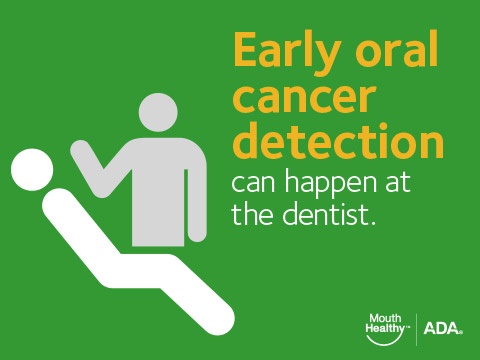
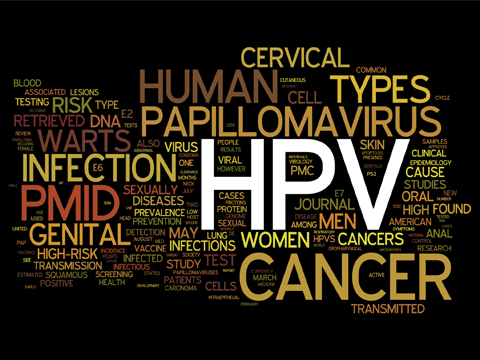
Human Papilloma Virus (HPV)
The sexually transmitted disease is now associated with about 9,000 cases of head and neck cancer (specifically those occurring at the back of the tongue, in or around the tonsils) diagnosed each year in the United States, according to the CDC. People who are diagnosed with HPV-related head and neck cancer tend to be younger and nonsmokers. People with HPV-positive cancers have a lower risk of death or recurrence, even though these cancers are often diagnosed at a later stage because it develops in difficult-to-detect areas.
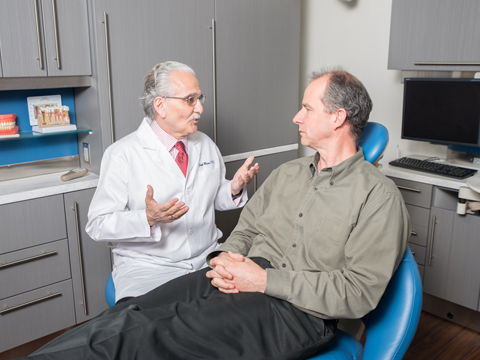
Gender
Men are twice more likely to get oral cancer. The American Cancer Society attributes this to higher rates of alcohol and tobacco use by men, but says more men of a younger age are being diagnosed with HPV-related forms of oral cancer.
Age
Most people who are diagnosed with oral cancer are 55 or older, according to the American Cancer Society. HPV-related oral cancers, however, are often diagnosed in people who are younger.
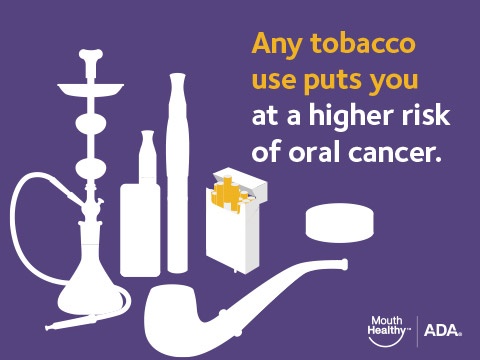
Tobacco
Whether you smoke it or chew it, tobacco use increases your risk dramatically. Smoking can cause oral cancer, as well as cancer in other parts of the body. Pipe smokers are also at a higher risk for developing cancer in their lips. Smokeless tobacco, like chew, can lead to many issues in your mouth, the most serious being cancer of the cheeks, gums, and lips.
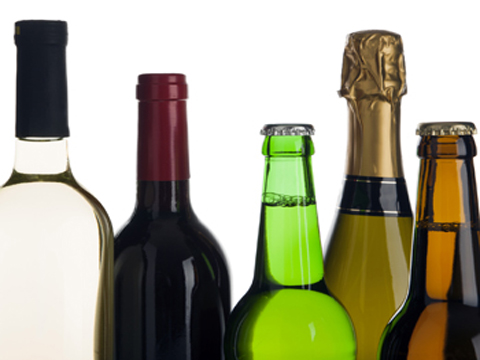
Alcohol
According to the American Cancer Society, 7 of 10 oral cancer patients are heavy drinkers. Heavy drinking, as defined by the Centers for Disease Control and Prevention (CDC), is an average of two drinks a day or more for men and an average of more than one drink a day for women. If you are a heavy drinker and a heavy smoker, your chances of developing oral cancer increase significantly.


